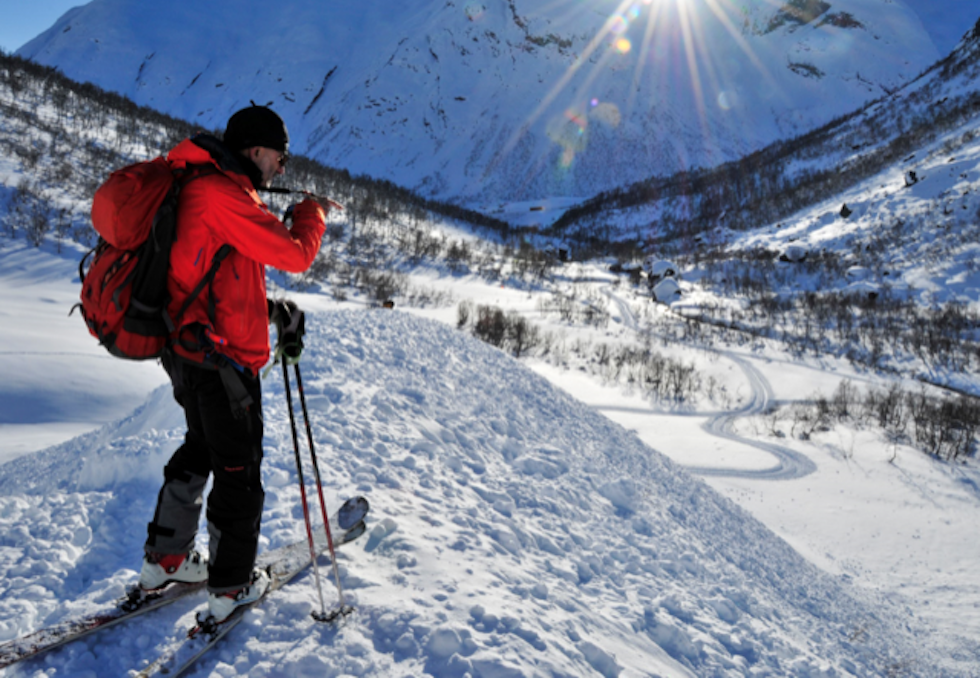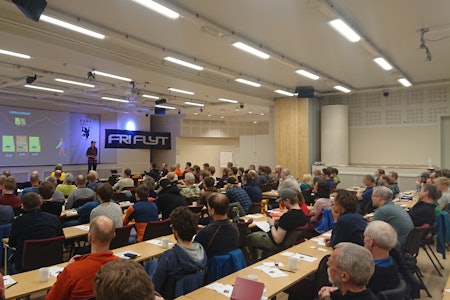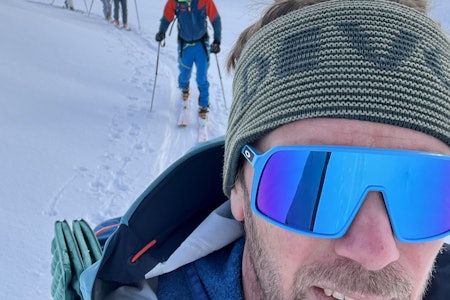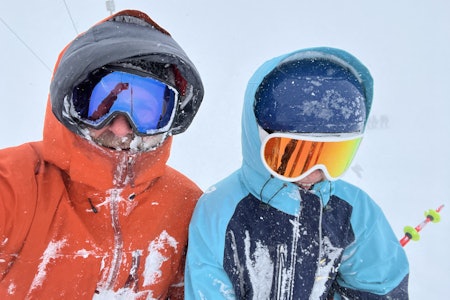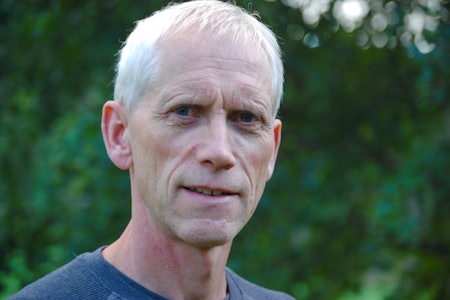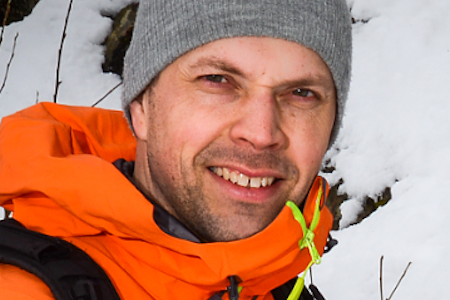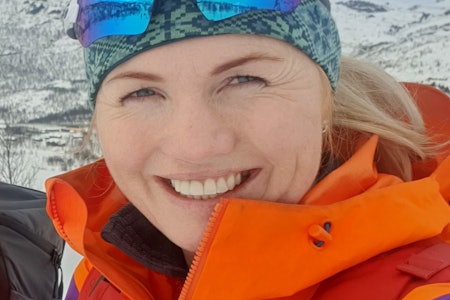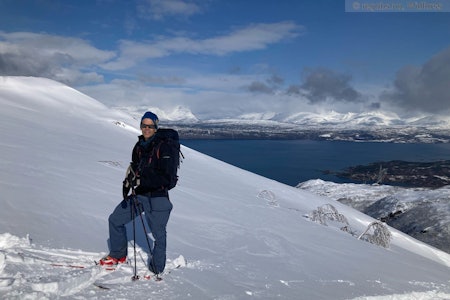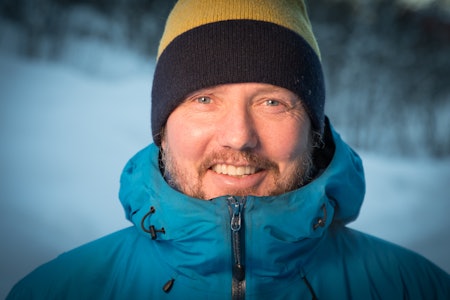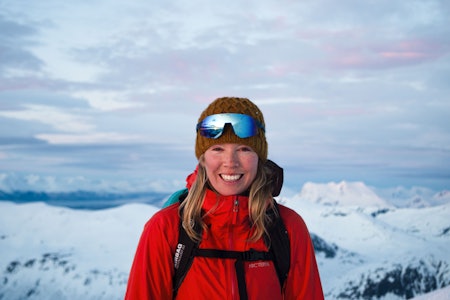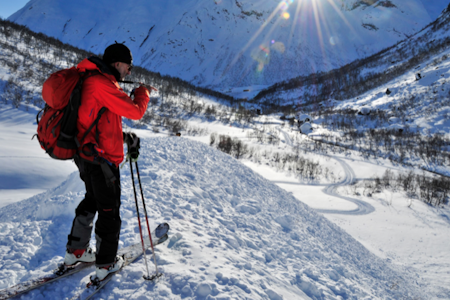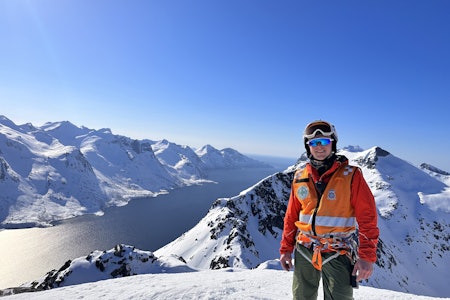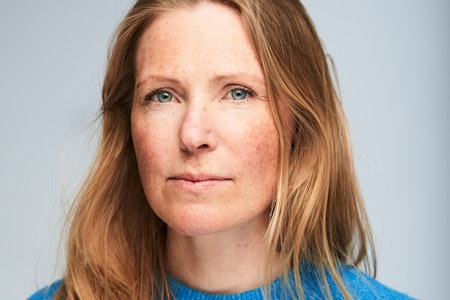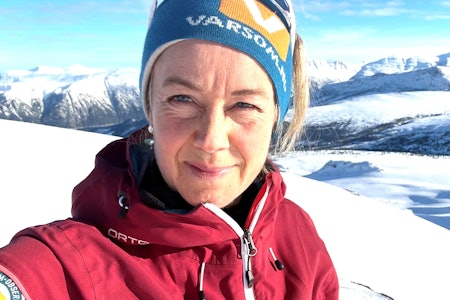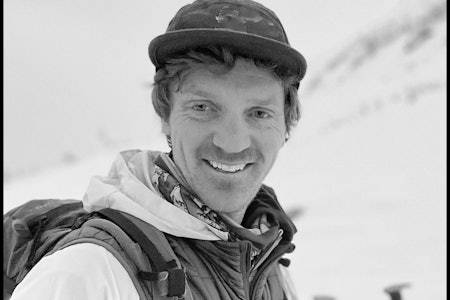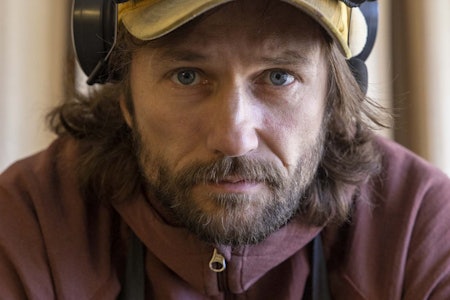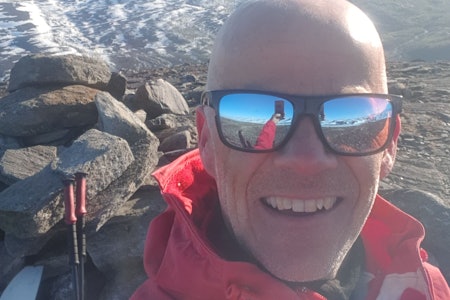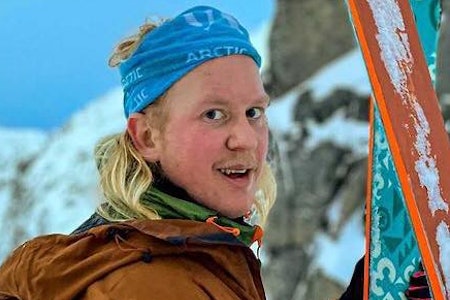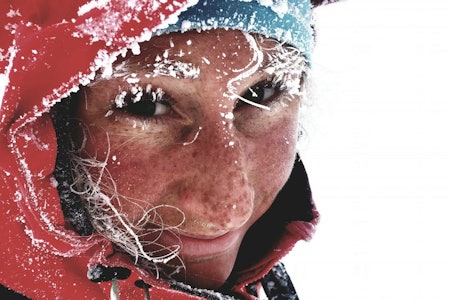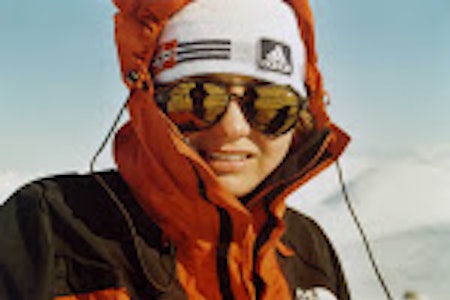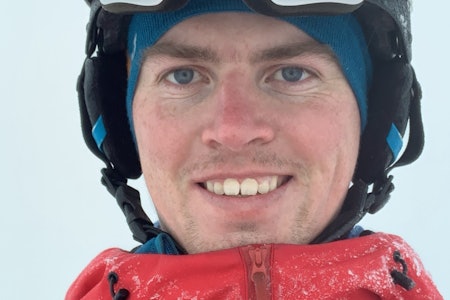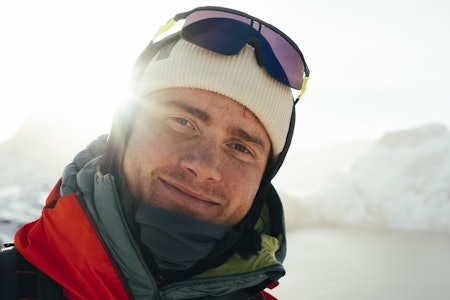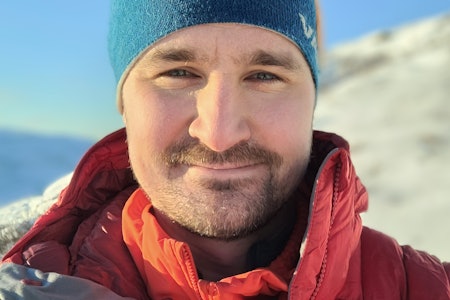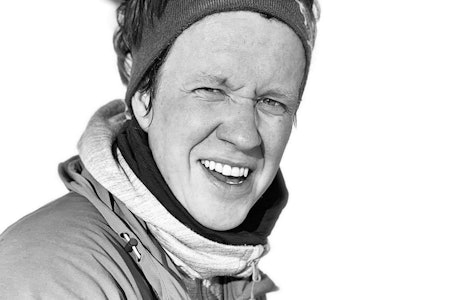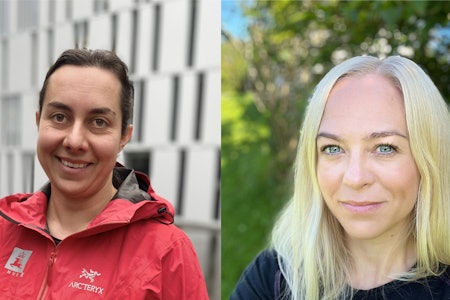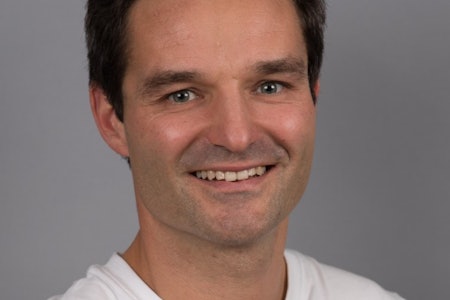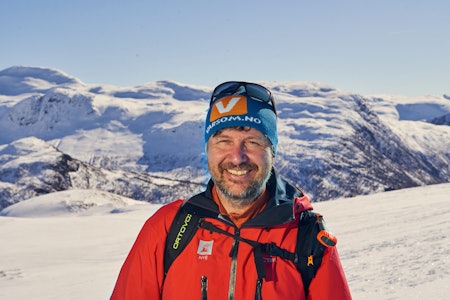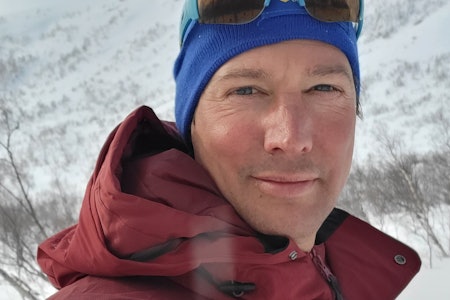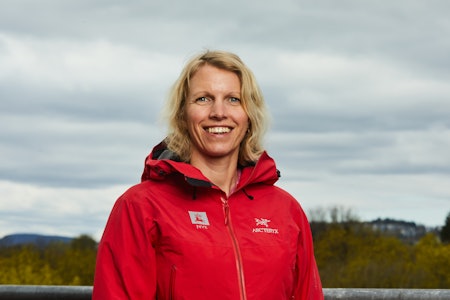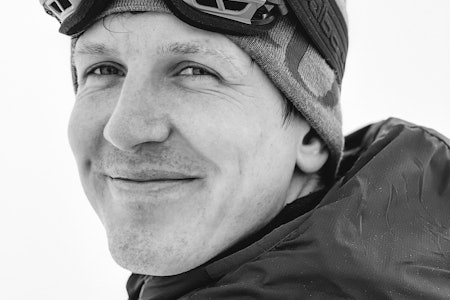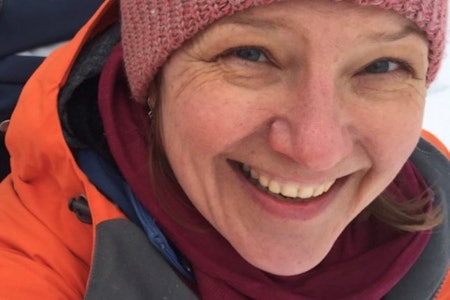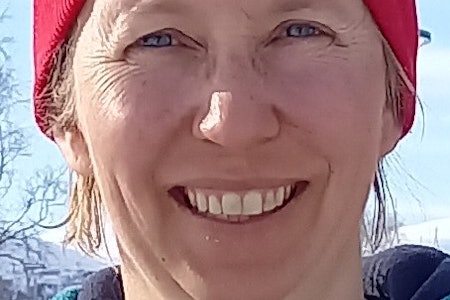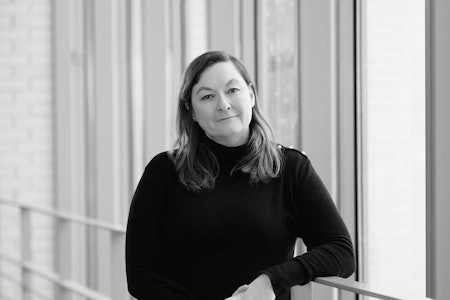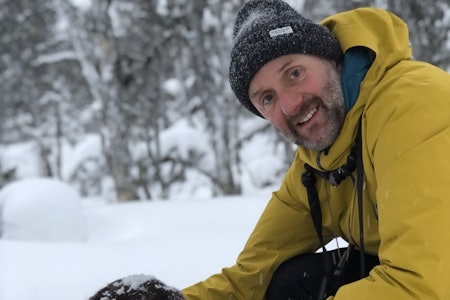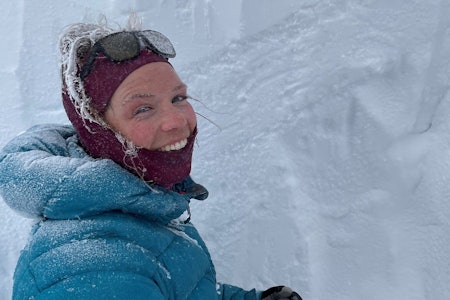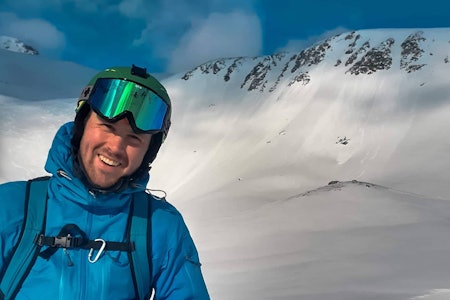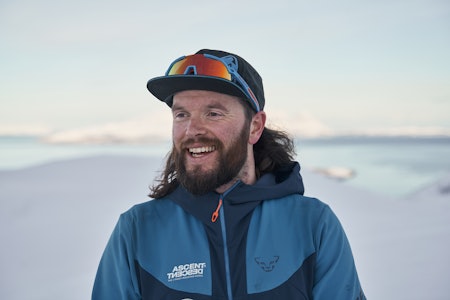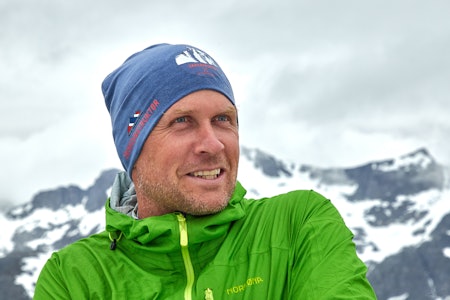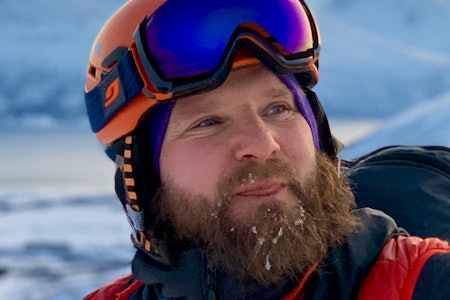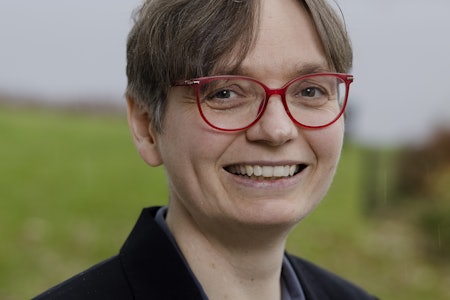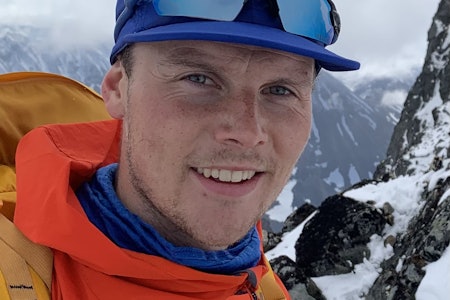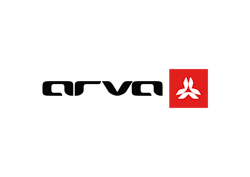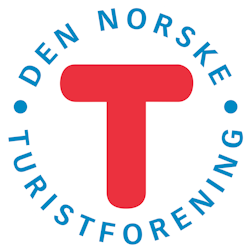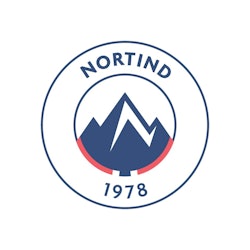Fredag 09:30
For hazard mapping, avalanche practitioners are confronted with the task to provide the maximum extension of potential destructive effects of an avalanche in a specific path corresponding to specified nominal annual probabilities (and possibly their intensities).
The practitioner has various approaches and tools at his disposal for this purpose. These approaches and tools hampered by aleatoric and epistemic uncertainty. Within AARN, we try to improve the approaches and tools, such as numerical models, to minimize the epistemic uncertainties (i.e. the uncertainty related to knowledge gaps).
For example, in-depth knowledge of the influence of the snowpack properties on avalanche dynamics will help to improve numerical models. Improved numerical avalanche models that can account for, e.g., density variations will improve the prediction of destructive effects for different building types, if their vulnerability is known.
The return period as well as the size of an avalanche is heavily dependent on the interaction between snow and wind, snow and terrain, and/or snow and forest. To improve our approaches for prediction of avalanche occurrences, within AARN, we look at improved ways to include those interactions in predictive models.
We present some of the workpackage from AARN that are more less related to those developments. The overall goal of AARN is to minimize epistemic part of the uncertainty in hazard mapping such that society has finally only to tackle with the aleatoric part.
Om foredragsholdere / opphavsfolk
Dr. Peter Gauer - jobber innen naturfarefeltet ved Norges Geotekniske Institutt. Han er hovedsakelig involvert i risikovurderinger. Dr. Peter Gauer har bakgrunn fra forskning innen fluiddynamikk. Hans viktigste ekspertiseområder er drivsnø, skreddynamikk, undervannsskred og værmodellering i mesoskala, inkludert numerisk analyse og dataprogrammering. Han styrer skred testområdet Ryggfonn ved NGI. Hans profesjonelle stillinger tok ham fra SLF Davos via Bozeman Montana til NGI i Oslo, hvor han har vært siden 2001. I 2009 tilbrakte han et år på BFW Innsbruck.
Kjersti Gisnås, Norges Geotekniske Institutt, NGI

